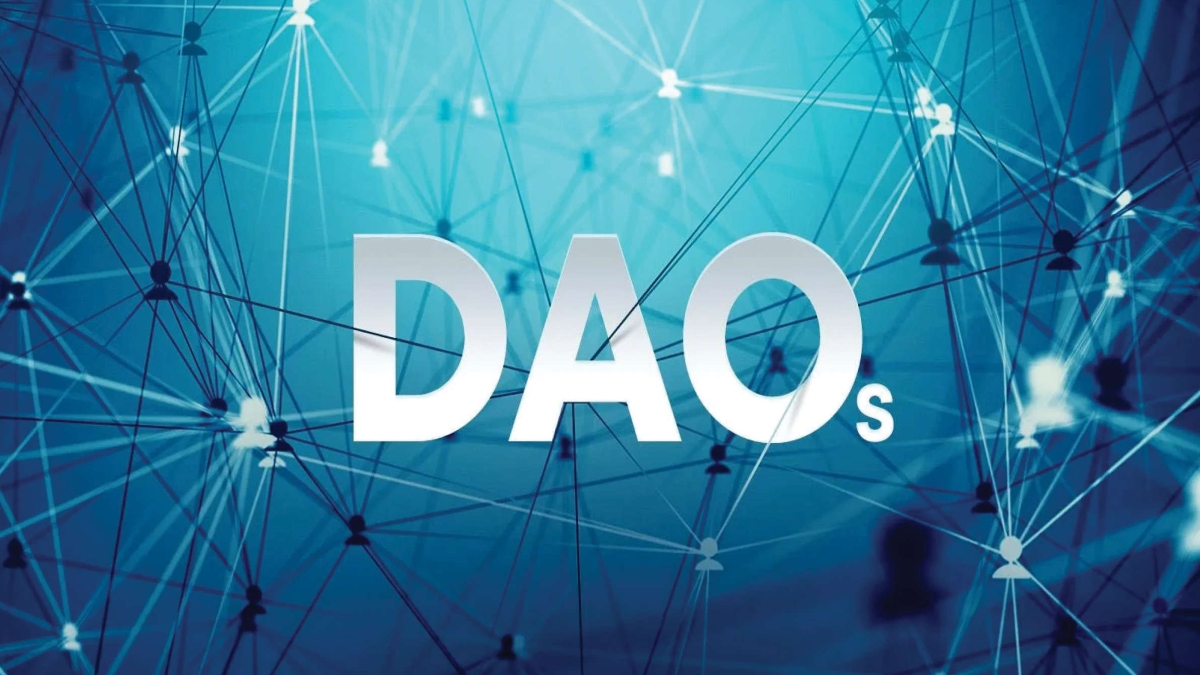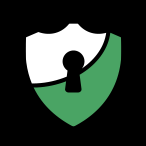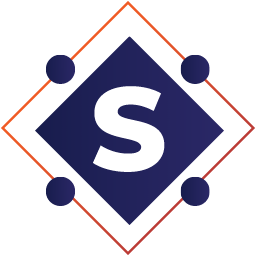What Is a Decentralized Autonomous Organization? How Does It Change the Game?
2
2

Crypto has come a long way, that is for sure. Ever since the first cryptocurrency launched and the first pizza bought with Bitcoin, the technology that empowers the crypto field has evolved in a way and with a surprising speed.
These days, there are almost 25,000 cryptocurrencies in existence, and the number keeps growing. Plenty of crypto projects are launched daily, and most aim to solve various issues in the industry during the past years.
Among all the new platforms launched every day in the crypto space, decentralized autonomous organizations seem to be making quite a buzz lately. Thus, what is a decentralized autonomous organization, how does it work, and why has this concept become so popular?
What Is a Decentralized Autonomous Organization?Also called DAO, a decentralized autonomous organization is an entity with no central leadership. The members of a DAO usually have the same goal, and they all contribute to the decision-making process. Usually, decentralized autonomous organizations work based on a set of rules enforced on a blockchain.
The first DAO was launched in 2016 when a group of developers came up with the idea of an entity that has and promotes one of the most valuable and popular blockchain-related characteristics: decentralization. This feature is what makes the whole DAO concept work the way it does and maintains its relevance in the crypto space.
The simple fact that no central authority governs the decentralized autonomous organization encourages members’ participation in the project’s ecosystem. This way, such community-driven organizations can build incentivized communities around their concepts, allowing users to interact with other crypto enthusiasts from all over the world.
Furthermore, a DAO constantly works to maintain its transparency. To do that, each vote is made publicly viewable so that every user can research how each vote goes, who votes for what, and which are the most active members.
How Does a DAO Work?Usually, decentralized autonomous organizations rely on smart contracts that can streamline the whole decision-making process while also maintaining transparency. Those able to vote share the voting power according to the number of tokens they hold.
For instance, while a user who holds 50 tokens will have a certain amount of power, one who holds thousands of that specific token will most certainly have a much bigger voting power for every vote occurring in the DAO’s ecosystem.
And there is one simple reason for that: users who have invested significant amounts in a particular DAO will be encouraged to act in a way that will benefit the whole community, while those who hold fewer tokens will be incentivized to buy more to have more power in the ecosystem. And if there is a possibility that the users with higher power act badly and affect the community, they will put their investments at risk.
Pros and Cons of DAOsUndoubtedly, DAOs have become popular for a reason: they are concepts that can benefit crypto users and the whole cryptocurrency industry. And one of the most essential and useful benefits of DAOs is the fact that such community-driven cryptocurrencies maintain a remarkable level of decentralization.
The Pros of a DAOIn the ecosystem of a decentralized autonomous organization, there is no leader, and no single user or entity controls everything. Instead, the power is distributed across the entire network, thus assuring that the project is achieving one of the 3 most popular crypto features: decentralization.
When integrated with Web3, the DAO concept can do wonders. When every crypto project aims to revolutionize a specific topic, a decentralized autonomous organization focusing on Web3 will increase the level of decentralization in such spaces and will build new perspectives for Web3 users.
A good example is MetFi, a DAO developed on Binance Smart Chain that aims to be the world’s first Metaverse and Web3 incubator, significantly investing in the next wave of Metaverse and Web3 unicorns. Launched in May 2022, MetFi constantly works to introduce increasingly more projects to its community and global network of advisors while also giving individuals the opportunity of experiencing the benefits of the Metaverse, Web3, and NFTs.
And with decentralization usually comes equality. Each user can contribute to the evolution of a DAO’s ecosystem, no matter their holdings in the community. Any stakeholder can and is encouraged to share their ideas, while everyone will be able to see and vote for them.
Furthermore, the fact that a DAO relies on smart contracts results in a high level of neutrality, as no user or entity controls the rules of such an ecosystem. Instead, after being built, the smart contracts are implemented, and there is no need for a third party to control or manage the activity of a decentralized autonomous organization.
The Cons of a DAOHowever, there are some downsides to DAOs, too, and they cannot be forgotten. First, the fact that users have a specific voting power given according to their investment can lead to a concentration of voting power. For instance, assuming that a user holds over 50% of the circulating supply of a DAO and decides to vote in a particular way, their power will be able to cancel the other votes.
Another downside of decentralized autonomous organizations does come as a result of one advantage of such projects. The fact that such community-driven cryptocurrencies get a good level of decentralization through the fact that every user has voting power affects the overall quality of transactions.
When each transaction has to pass a voting process, the transaction time can be considerably higher.
Final ThoughtsCrypto is gaining remarkable popularity, which is not surprising, considering the innovations this field brings and the tremendous number of users open to learning more about the cryptocurrency industry.
DAOs, or decentralized autonomous organizations, are community-driven cryptocurrencies not controlled by any central authority. Instead, all users have voting power according to their token holdings and can actively contribute to the decision-making process.
DAOs aim and manage to maintain high levels of decentralization, equality, and neutrality, advantages that will incentivize increasingly more users to join such ecosystems.
On the other hand, decentralized autonomous organizations have some downsides. For instance, the fact that every change in the ecosystem implies a vote in which all the users should participate can affect the transaction time. Moreover, sharing the power according to the tokens held can lead to a concentration of power and affect the community long-term.
Disclaimer: This article is provided for informational purposes only. It is not offered or intended to be used as legal, tax, investment, financial, or other advice.
2
2









